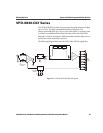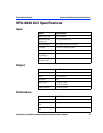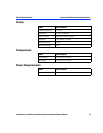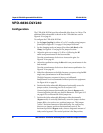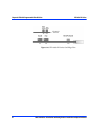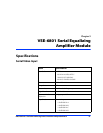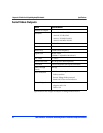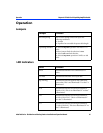
Chapter 8: VPD-6830 Programmable Video DA Series VPD-6830-DLY Series
90 6800/7000 Series - Distribution and Routing Products Installation and Operation Manual
VPD-6830-DLY Series
Configurations
The VPD-6830-DLY435, VPD-6830-DLY635, VPD-883-DLY1035, and
the VPD-6830-DLY1235 series provides adjustable delay from 0 to
1235 ns delay. The additional delay submodule is shown on the
VEA-6840 base card in Figure 8-15 on page 91.
To configure a VPD-6830-DLY series module:
1. Set the Input Coupling for either AC or DC coupling using jumpers
J1 and J2. See Figure 8-15 on page 91 for jumper locations.
2. Set the Clamping mode on jumper J3 to either Soft, Hard, or No
Clamp. See Figure 8-15 on page 91 for jumper location.
3. Adjust the gain over a range of -3 dB to +3 dB using the R5
multi-turn potentiometer in the base module.
Turn the potentiometer clockwise to increase the gain. Adjust the
equalization using the R6 multi-turn potentiometer in the base
module.
Turn the potentiometer clockwise to obtain more equalization.
Make fine adjustments to the high-frequency response using the R21
single-turn potentiometer in the base module.
The high-frequency response is factory-set/calibrated.
Readjustment is not recommended without precise test equipment.
4. Position the delay submodule P2 jumpers horizontally across the
jumper sockets (connecting pins 2 and 4, and pins 1 and 3) for
Bypass mode.
Position the jumpers vertically for Use mode when the fixed delay
line is installed. See Figure 8-15 on page 91 for an illustration of this
jumper set.
5. Position the delay submodule P3 jumpers either horizontally
(Bypass mode) or vertically (Use mode) across the jumper sockets.
Jumper P3 is a six-section, two-position jumper set. This jumper
“selects” the desired amount of selectable delay. For each section,
there are two jumper positions: horizontal and vertical. The
horizontal position is Bypass mode, where a designated amount of
delay can be bypassed. The vertical position is the Use position,
The fixed delay line can be one
of the following amounts:
200, 400, 600, 800, or 1000 ns.




